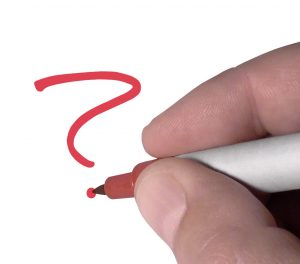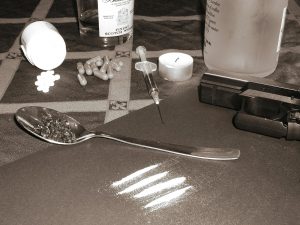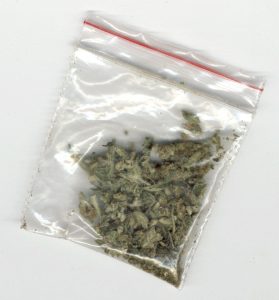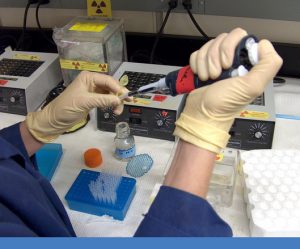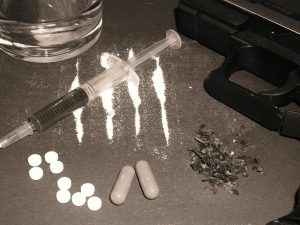 In Commonwealth v. Eldred, the Supreme Judicial Court affirmed the revocation of the defendant’s probation and concluded (1) that “a judge may order a defendant who is addicted to drugs to remain drug free as a condition of probation”; and (2) that where a defendant has violated that condition, the judge has the authority, pending the final probation violation hearing, to detain the defendant while she awaits admission into inpatient treatment “for the safety of the defendant and the community.”
In Commonwealth v. Eldred, the Supreme Judicial Court affirmed the revocation of the defendant’s probation and concluded (1) that “a judge may order a defendant who is addicted to drugs to remain drug free as a condition of probation”; and (2) that where a defendant has violated that condition, the judge has the authority, pending the final probation violation hearing, to detain the defendant while she awaits admission into inpatient treatment “for the safety of the defendant and the community.”
The background was as follows. Charged with the theft of jewelry, “[t]he defendant admitted to the police that she had stolen the jewelry and had sold it to obtain money to support her heroin addiction.” Subsequently, she admitted to sufficient facts to warrant a finding of guilt. The District Court judge “continued the defendant’s case without a finding, and imposed a one-year term of probation with special conditions related to her substance abuse that included requiring her to remain drug free, submit to random drug screens, and attend outpatient substance abuse treatment three times each week.” “[O]nly eleven days after … the probation had been imposed, the defendant tested positive for fentanyl, following a random drug test administered by her probation officer…. The … officer then filed a ‘Notice of Probation Detention Hearing’ with the District Court,” seeking to hold the defendant in custody pending a probation revocation hearing to determine whether her probation should be revoked.
At “the detention hearing, the judge … determined that there was probable cause to believe the defendant had violated the ‘drug free’ condition of her probation by using fentanyl. Because defense counsel was not able to secure a placement for the defendant at an inpatient treatment facility [that day], the judge ordered that the defendant be held in custody until a placement became available. The defendant was released into an inpatient treatment facility after ten days in custody.” Two months later, “a different District Court judge presided over the defendant’s probation violation hearing. Despite conceding that she had used fentanyl, the defendant contested that she had violated the terms of her probation.” She contended that because “she had been diagnosed with SUD [substance use disorder, i.e., addiction],” she was “incapable of remaining drug free,” such that “her use of drugs could not constitute a wilful violation of her probationary condition to remain drug free…. The judge determined that the defendant had violated the drug free condition of her probation by testing positive for fentanyl. The defendant filed a motion to vacate the condition of probation requiring her to stay drug free, arguing that the condition violated various State and Federal constitutional rights. That motion was denied. The judge then modified the conditions of the defendant’s probation by adding the condition that she continue inpatient treatment.” The defendant appealed. Continue reading →
 Massachusetts Criminal Lawyer Blog
Massachusetts Criminal Lawyer Blog


